Festivals and Ceremonies
In the Luna calendar there are eight festivals that the Chinese people celebrate each year. These festivals are: Spring Festival, Lantern festival, Qingming Festival, Dragon Boat Festival, Double Seventh Festival, Mid-Autumn Festival, Double nine Festival and Winter Solstice Festival. Each of these festivals has its own meaning to the Chinese culture, some of these festivals require performing rituals and praying to the gods and ancestors. These Festivals are:
– Spring Festival: it is the most important festival of the year, where all families come together and celebrate the new year of the Luna calendar. For this festival people would clean and decorate their house before this day, because it’s a new year and hence people want to start the year with a fresh start. There is this saying that what you do and react on the first day reflect on how the rest of your year will become. Therefore on the new years day people would wear new clothing and visit family and friends and give out red pocket as a sign of gesture. This festival would go over 2 weeks. Shops would ask academy to perform lion dancing and having firecrackers to cleanse the shop.
– Qingming Festival: every April 4-6 of the Luna Calendar, people would go to their ancestry’s grave, temple or at home and perform rituals. The family would prepare foods, tea, wine, incense and gift to burn and present it to their ancestors in hell. It would be like an offering to the ancestors.
– Mid-Autumn Festival: on the 15th day of the 8th month of the Luna Calender. On this day the moon would look particularly large and round, and it is set in the season when the fruits are all ripe and the weather is pleasant. At midnight of the 15th day, people would worship the god for the food they gave us.
These festivals serves a purpose and in Sydney city on these day the community would set up festival for the people to enjoy and have fun. However, the festival I am proposing reflects on the performing art of Chinese culture, the Peking Opera. Peking Opera is a form of art that is slowly diminishing as people are drawing to other entertainment and art form.
Check out the site on further information on each festival,
Site: http://www.china.org.cn/english/features/Festivals/78131.htm

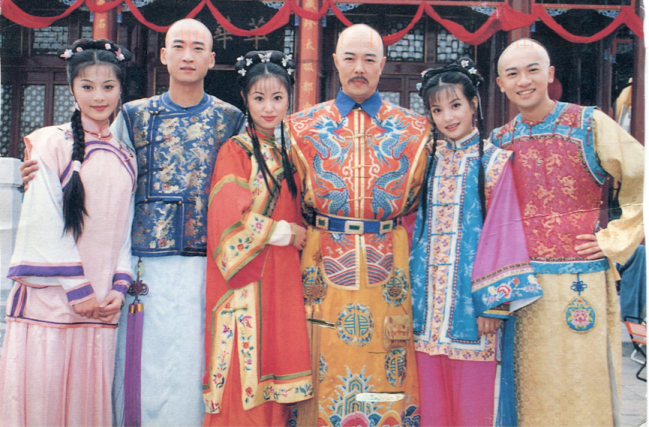 (
( (
(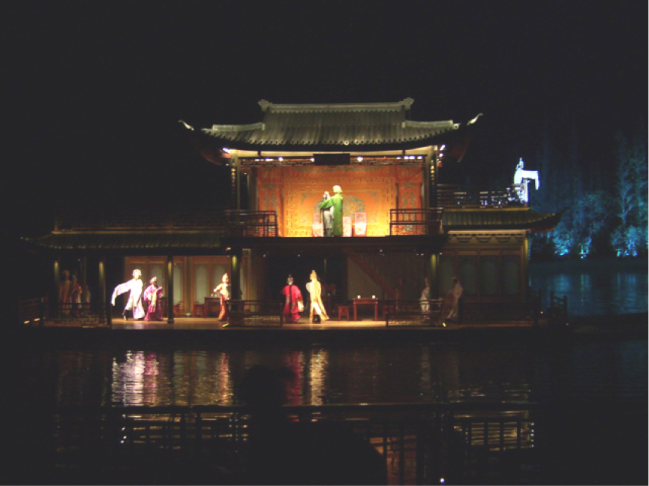 This production is called the “the Impression West Lakes”, directed by Zhang Yimou. It is a staging outdoor theatrical production expressing the impression of China. It’s an outdoor performance containing traditional music, dance, pop culture and visual display. The word impression is used to theme the production; an experience that draws emotion from the audience and a mark left by pressure. Hence, it is a production that engages the audience and provides a spectacular sensation. From the photo above, we can see Zhang Yimou has used famous story from the history of China, such as the Legend of the white lady snake and Xu Xian.
This production is called the “the Impression West Lakes”, directed by Zhang Yimou. It is a staging outdoor theatrical production expressing the impression of China. It’s an outdoor performance containing traditional music, dance, pop culture and visual display. The word impression is used to theme the production; an experience that draws emotion from the audience and a mark left by pressure. Hence, it is a production that engages the audience and provides a spectacular sensation. From the photo above, we can see Zhang Yimou has used famous story from the history of China, such as the Legend of the white lady snake and Xu Xian.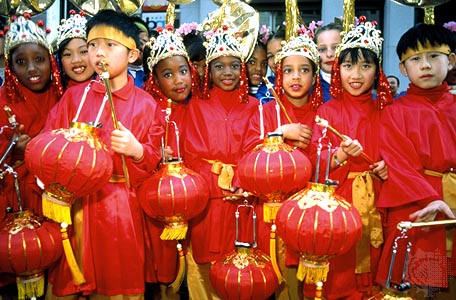
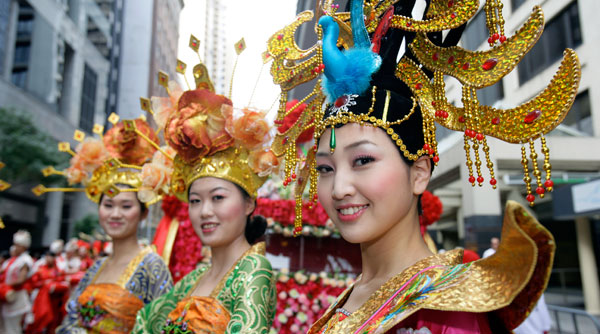
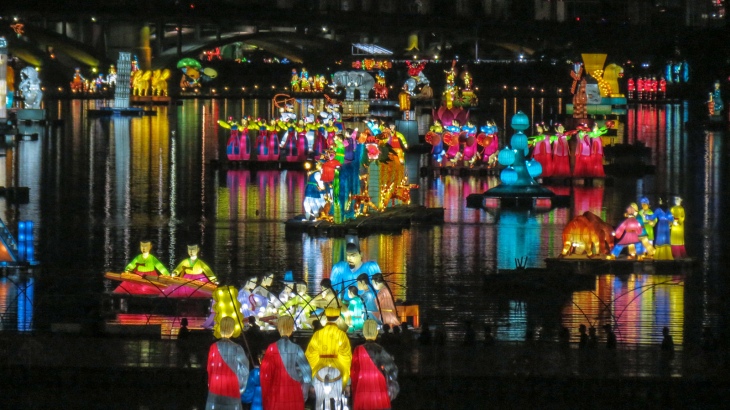
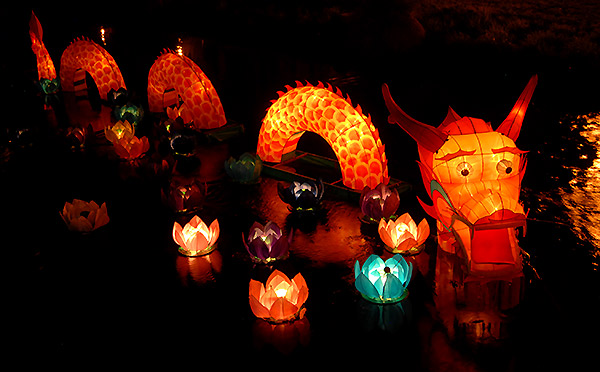
 Lantern of the Palace
Lantern of the Palace